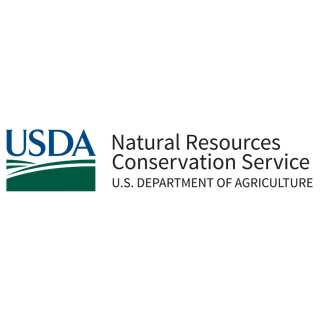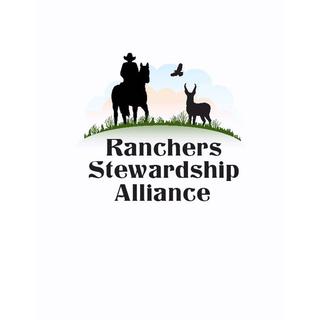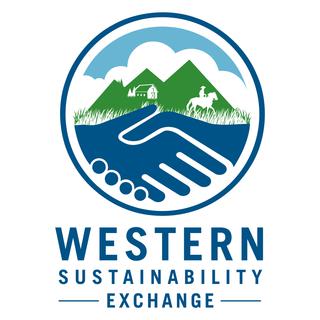Eric and Emma Wickens want to leave land, water, wildlife, and relationships better than they found them.
As engaged college graduates, they returned home to take the reins of his family’s Wickens Salt Creek Ranch in 2007. They have since prioritized conservation practices to improve the health of their grasslands. Doing so nourishes their cattle and builds a more resilient ranch and rural community for their five children.
By emulating the natural behaviors of bison herds, rotationally grazing their Black Angus cattle contributes to nutrient cycling and carbon sequestration. With assistance from the federal Conservation Stewardship Program, prairies have been restored for livestock grazing and wildlife habitat.
Elsewhere on their 4,700 acres they grow a diverse rotation of peas, barley, hay, and wheat using no-till practices. A mix of sunflower, turnip, sorghum, and radish cover crops maintains continuously living roots in the soil to improve water infiltration and increase soil health.
“There is a large circle of life to study on our ranch,” Emma said. “Recognizing how each part has an important purpose really serves to inform the stewardship decisions we make.”
Healthy grasslands provide habitat for sage and sharptail grouse, which eat fly larvae, naturally controlling pest populations around cattle herds.
Watch their inspiring story
The Wickens have reduced their reliance on surface water for their cattle by plumbing their pastures with water lines and drinking tanks equipped with escape ramps for birds and wildlife. Strategically fencing water tanks forces cattle to naturally disperse their urine and manure elsewhere across pastures to feed the soil’s microbes. Bale grazing is also used on areas of thin or clay soils to provide the benefits of hoof impact and to supply additional organic matter from manure and compost.
To slow the flow of water through their hilly terrain, the Wickens have installed analog beaver dams. In addition to creating a deep, slow-flowing creek, and recharging a water table recently stricken by drought, beavers are returning to the ranch.
Eric is noticing a wildlife resurgence. Deer and bird populations are more abundant than they were in his youth. For the first time in his life, herds of elk migrate through Wickens Salt Creek Ranch, and grizzly bear are returning to central Montana.
Early on in their ranching career the Wickens decided to move their calving season later into the spring. Warmer weather and drier ground reduced sickness in the calves.
They also switched from raising only cow-calf pairs to raising yearlings, stockers, and bred heifers. In addition, they developed a backgrounding lot to feed calves and finish fat cattle in the winter with a locally grown ration of barley, peas, and legumes.
Wickens Ranch Beef, a direct-to-consumer branded beef business, offers an opportunity to share their conservation story with consumers. Diversifying their livestock and crop production has generated new streams of cash flow.
“Resilience is directly related to diversity,” Eric summarized. “The diversity of our business and biological communities within the ranch create resilience in our entire operation.”
Later this year, Wickens Salt Creek Ranch will become a regenerative agricultural education center known as a “Savory Hub.” Off the ranch, Eric’s community involvement ranges from fighting local fires, to serving on “One Montana” a non-profit striving to bridge the gaps between rural and urban communities.












